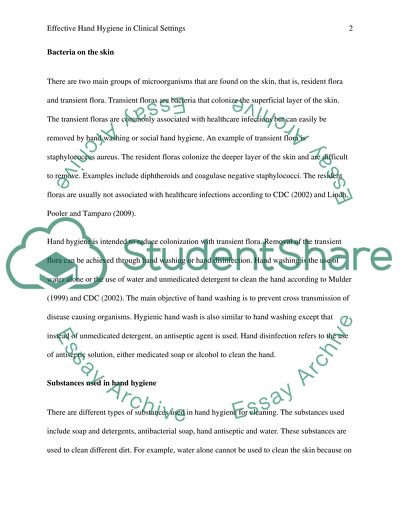Cite this document
(“Effective hand hygiene in clinical settings Literature review”, n.d.)
Retrieved from https://studentshare.org/other/1425573-effective-hand-hygiene-in-clinical-settings
Retrieved from https://studentshare.org/other/1425573-effective-hand-hygiene-in-clinical-settings
(Effective Hand Hygiene in Clinical Settings Literature Review)
https://studentshare.org/other/1425573-effective-hand-hygiene-in-clinical-settings.
https://studentshare.org/other/1425573-effective-hand-hygiene-in-clinical-settings.
“Effective Hand Hygiene in Clinical Settings Literature Review”, n.d. https://studentshare.org/other/1425573-effective-hand-hygiene-in-clinical-settings.


